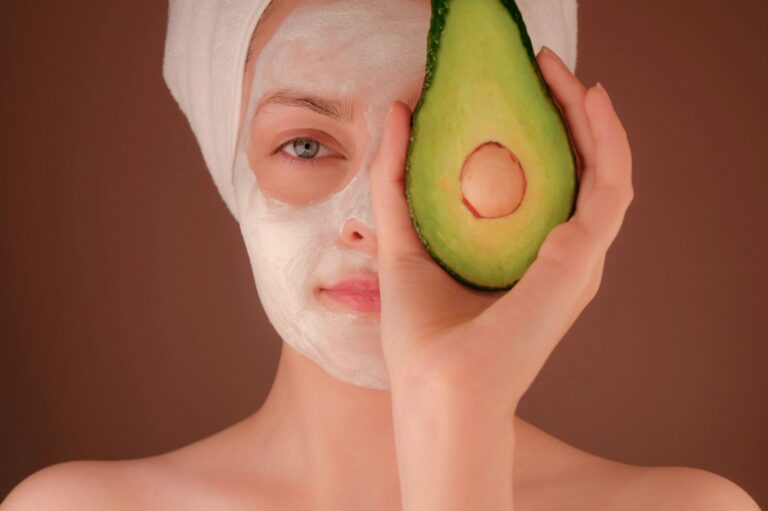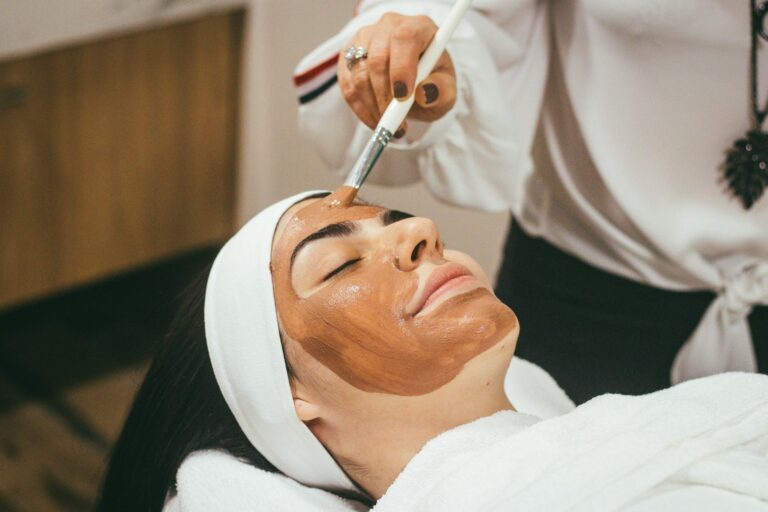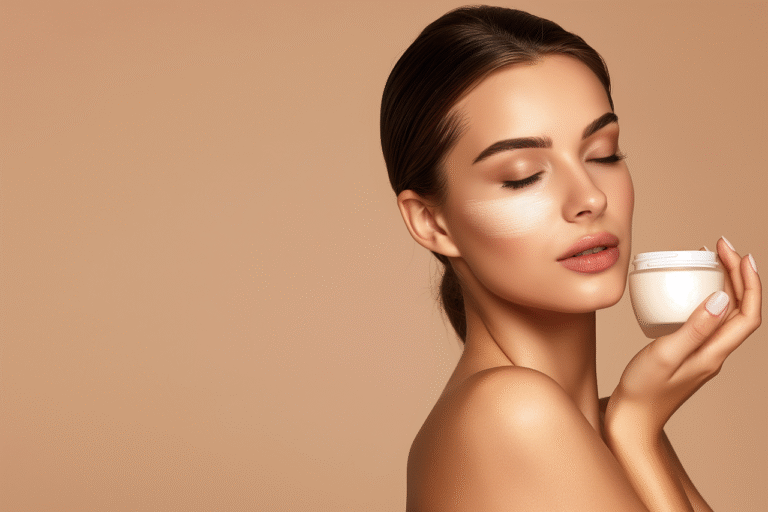It’s becoming increasingly important for you to understand the skincare ingredients that can truly benefit your routine, and squalane is one that’s gaining a lot of attention lately. Derived from natural sources, this lightweight oil is often celebrated for its ability to hydrate and protect your skin without clogging your pores. As you explore into the world of skincare, you may discover that squalane not only locks in moisture but also offers antioxidant properties, making it a favored choice among beauty enthusiasts and experts alike. Your skin will thank you for incorporating this powerhouse ingredient!
The Botanical Origins of Squalane
From Olives to Sharks: A Historical Context
Squalane has roots in both the plant and animal kingdoms, with its historical extraction primarily from shark liver oil. This natural molecule, known for its emollient properties, was once obtained predominantly from the *livers of deep-sea dweller sharks*, specifically the species *squalus*, which reflects its name. However, as concerns about marine conservation and the ethics of shark fishing have grown, the skincare industry has shifted towards more sustainable and ethical sources. The emergence of plant-derived squalane from sources such as olives and sugarcane has redefined its accessibility while reinforcing your commitment to sustainability.
Using olive oil as a base for extraction provides an ethical alternative while retaining all the beneficial properties that squalane offers. In fact, about *90% of squalane used in cosmetics today is derived from olives*, making it a favored choice among environmentally-conscious consumers. This transition not only spares marine life but also demonstrates how advancements in botanical extraction methods allow for a wider range of sustainable skincare products that cater to your values without sacrificing efficacy.
The Extraction Process: Ethics and Sustainability
Focusing on sustainability does not just stop at the sourcing of squalane; the *extraction process* itself is also vital. Companies employing cold-press methods for extracting squalane from olives ensure that the vital nutrients remain intact, optimizing their potency for skincare applications. This process often uses minimal chemical interference, echoing the ethos of clean beauty and leaving behind a smaller environmental footprint. Furthermore, many brands are fortifying their practices by committing to *zero-waste initiatives*, ensuring that all parts of the olive are utilized.
By prioritizing the extraction of squalane from renewable and sustainable sources, you’ve made a choice that reflects both your skincare needs and your values. As skepticism toward harmful practices continues to rise, companies focused on transparency and ethical sourcing are gaining traction. Your purchasing decisions can encourage further innovation in this space, signaling to brands that consumers are demanding better practices for the planet and for themselves.
The growing interest in sustainably-derived squalane even extends to consumer awareness about production ethics. Take the time to research the brands you support; responsible manufacturers will often highlight their sourcing and extraction methods on product packaging. By actively choosing brands that align with your ethics, you contribute to a larger movement that prioritizes the health of your skin alongside that of the environment.
The Science Behind Squalane’s Benefits
Moisturization: The Hydration Hero
One of the standout attributes of squalane is its ability to deeply hydrate your skin. Its structure closely resembles the natural oils produced by your skin, allowing it to easily penetrate the epidermis. This makes squalane not just a surface-level moisturizer; it actively replenishes and locks in moisture where your skin needs it most. Users often report an immediate improvement in skin texture, with a noticeable smoothing effect due to its lightweight, non-greasy feel. In fact, research indicates that incorporating squalane into your routine can enhance skin hydration by up to 50%, transforming dry, flaky skin into a more supple and luminous complexion.
Anti-Aging Properties: Squalane’s Role in Skincare
As you age, your skin’s natural oil production decreases, leading to dryness and an uneven complexion. Enter squalane. This powerhouse ingredient not only hydrates but also promotes elasticity and soothes inflammation, making it a formidable ally against the aging process. Its antioxidant properties combat oxidative stress, a major contributor to premature aging. By neutralizing free radicals, squalane helps to fend off fine lines and wrinkles. Research shows that consistent use of squalane can improve skin firmness and elasticity significantly over time, helping you maintain a youthful glow well into your later years.
In addition to its moisturizing and anti-aging benefits, squalane also enhances skin barrier function. This means that it creates a protective layer, preventing moisture loss while keeping harmful pollutants and irritants at bay. Users often find that their skin feels not only younger but also more resilient when squalane is a staple in their skincare regimen. Regular application can lead to a healthier skin microbiome, further supporting the overall vitality of your complexion. Harnessing the power of squalane in your daily routine can truly revitalize your skin and fortify its defenses against the signs of aging.
The Growing Trend: Squalane in Modern Beauty
Reasons Behind Its Popularity Surge
As consumers become increasingly savvy about skincare ingredients, the demand for natural and effective products continues to rise. Squalane, derived from plants such as olives or sugarcane, meets this demand beautifully. Its lightweight texture and ability to absorb quickly into the skin make it a favorite among those who prefer a non-greasy feel from their skincare. Additionally, the understanding of squalane’s ability to mimic the skin’s natural oils allows it to effectively hydrate and protect without clogging pores, an ideal combination for those with oily or combination skin types.
Market research indicates a growing trend towards sustainable beauty, with consumers gravitating towards products that not only deliver results but do so with an environmentally-conscious approach. Squalane fits this narrative perfectly, often positioned as a vegan alternative to squalene, which is typically sourced from shark liver oil. Brands touting their squalane formulations are appealing to a demographic that values both ethical sourcing and visible skin health benefits.
Squalane vs. Squalene: The Critical Difference
Understanding the distinction between squalane and squalene is imperative for making informed skincare choices. While they are both derived from the same natural source, the key difference lies in their chemical structure. Squalene, a naturally occurring hydrocarbon, is present in human sebum and serves as a precursor to squalane. Upon hydrogenation, squalene is converted into squalane, which enhances its stability and prolongs its shelf life. This transformation allows squalane to remain effective for extended periods, making it a preferred option in formulating cosmetics.
Furthermore, squalane’s stability means it can withstand various environmental conditions without oxidizing or losing potency. This characteristic not only extends the product longevity but also means that you can enjoy its numerous benefits, like increased moisture retention and improved skin barrier function, without worrying about degradation over time. As a result, you’re more likely to find squalane in modern beauty products, offering you a reliable and potent skincare solution.
Practical Applications: How to Incorporate Squalane into Your Routine
Product Types: Oils, Serums, and Beyond
Finding the right squalane product can be a game changer for your skincare routine. There are several options available, ranging from pure squalane oils to hybrid formulations like serums that combine squalane with other beneficial ingredients. For instance, squalane oil stands out due to its light texture and rapid absorption, making it an excellent choice for those with oily or combination skin. You can also find it in moisturizers, where it significantly enhances the product’s hydrating properties without adding unwanted heaviness.
To simplify your decision-making, consider the following product types:
| Product Type | Description |
| Pure Oils | Concentrated forms of squalane for targeted hydration. |
| Serums | Lightweight, mixable formulations that combine squalane with other actives. |
| Moisturizers | Emollient products where squalane significantly enhances hydration. |
| Face Masks | Special treatment products delivering intensive moisture. |
| Body Oils | Products designed for overall body hydration. |
Perceiving the versatility of squalane allows you to mix and match products depending on your goals and skin type. Experiment with different formulations to discover what best fits your skincare needs.
Application Techniques for Maximum Efficacy
Maximizing the benefits of squalane relies not just on what product you choose, but also on how you apply it. Start by applying squalane on damp skin post-cleansing, as this can enhance moisture retention, allowing your skin to absorb it more efficiently. Use only a few drops, warming it in your hands before gently pressing it onto your face, neck, and any areas needing extra hydration. This method locks in moisture and sets the stage for additional products, such as creams or makeup.
Another effective application technique involves layering your skincare. After applying your squalane, apply a moisturizer on top to create a protective barrier that further retains moisture. Experiment with your routine by adding squalane to your other skincare products, like mixing it into your foundation for a dewy finish. Always listen to your skin’s response and adjust the frequency of application based on your hydration needs.
The Consumer Perspective: User Experiences and Feedback
Real Results: What Users Are Saying
Many users rave about their experience with squalane, often noting a significant improvement in skin texture and hydration levels. Reports indicate that after just a few weeks of regular use, you may notice your skin feeling softer and looking more radiant. Squalane’s lightweight formula allows it to absorb quickly, leaving behind a velvety finish rather than a greasy residue. Users with various skin types, from oily to dry, have found squalane to be versatile, effectively balancing oil production without clogging pores. This adaptability has made it a staple in many skincare routines, with some even labeling it a “must-have” for daily use.
Feedback from consumers also highlights squalane’s effectiveness in reducing the appearance of fine lines and creating a more youthful glow. Many have shared personal success stories, with one user noting a 30% reduction in their skin’s dryness after incorporating squalane into their nightly regimen. Whether you’re dealing with seasonal dryness or consistent skin challenges, the positive testimonials speak volumes about squalane’s efficacy and its role in skin rejuvenation.
Common Misconceptions: Debunking Myths
Despite its popularity, squalane is surrounded by misconceptions that can mislead potential users. Some people mistakenly believe that squalane is heavy or greasy, but in reality, it’s a lightweight moisturizer that absorbs quickly. This misperception often comes from the oiliness associated with other oils in skincare. Additionally, a few consumers worry that using oil-based products may exacerbate skin issues, such as acne, when in fact, squalane can actually help regulate oil production.
Another common myth is that squalane is exclusively meant for dry skin types. In truth, this ingredient can be beneficial for all skin types. The ability of squalane to mimic your skin’s natural oils means that it can hydrate and soothe irritation without overwhelming your complexion. In fact, individuals with oily or acne-prone skin may find that applying squalane helps to prevent breakouts by maintaining the skin’s moisture barrier.
Summing Up
The rise in popularity of squalane in skincare can be attributed to its multitude of benefits and its suitability for a wide range of skin types. You may have noticed that this lightweight oil is now a common ingredient in various formulations, offering hydration without leaving a greasy residue. With its ability to mimic your skin’s natural oils, squalane provides excellent moisture retention, helping to keep your skin soft and supple while also potentially improving its overall texture and tone.
As you navigate through the vast world of skincare, incorporating squalane into your routine may enhance your overall results. Its non-comedogenic nature means that you don’t have to worry about clogged pores, making it an attractive option for those with oily or acne-prone skin. By choosing products enriched with squalane, you are tapping into a versatile ingredient that not only meets your hydration needs but also promotes a radiant complexion, setting you up for healthy skin in the long term.







